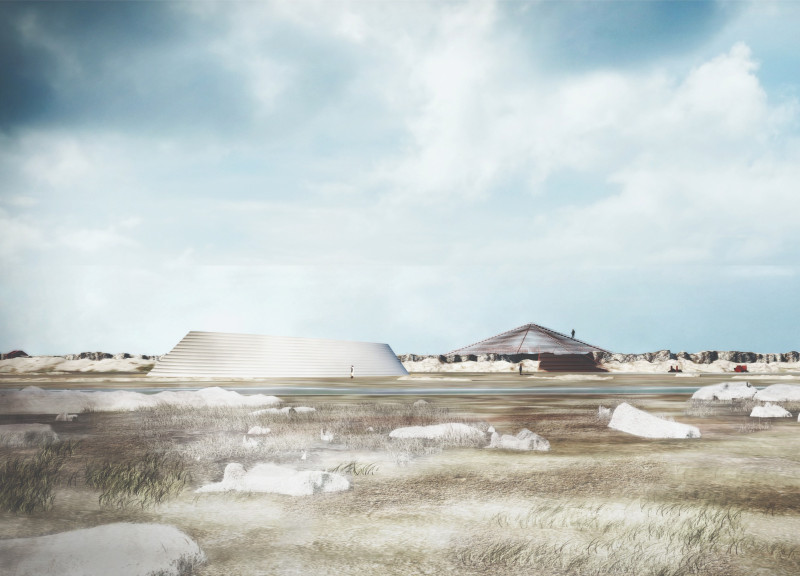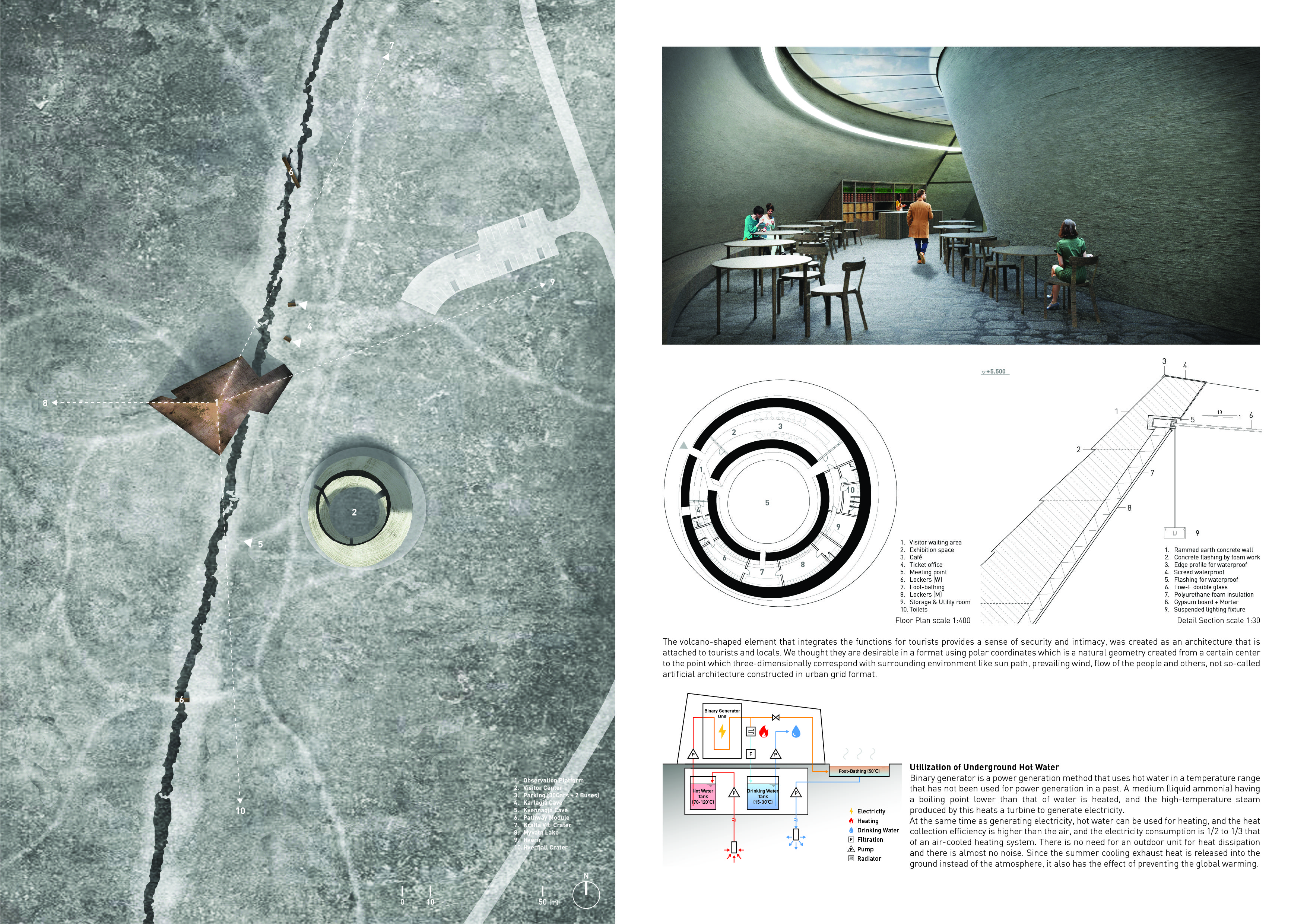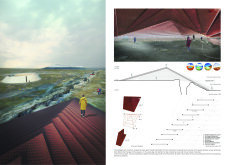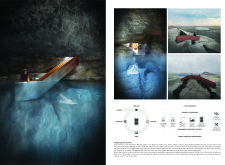5 key facts about this project
At first glance, the architecture of the project reveals a delicate balance between modern design principles and contextual responsiveness. The facade is designed using a harmonious palette of materials that resonate with the local architecture yet maintain a contemporary character. The use of reinforced concrete as the structural backbone provides the necessary strength while allowing for innovative forms that enhance both spatial quality and visual interest. Large expanses of low-emissivity glass are incorporated within the facade, inviting natural light into the interior and establishing a visible connection with the external environment. This emphasis on transparency not only enhances the user experience but also promotes energy efficiency, reducing reliance on artificial lighting.
Inside, the layout is intentionally crafted to support a variety of functions. Open spaces facilitate flexible use, accommodating group activities and individual pursuits alike. The design incorporates sustainable hardwood detailing in both structures and finishes, creating a warm, inviting atmosphere conducive to learning and collaboration. The spaces are articulated in a way that guides occupants seamlessly from one area to another, promoting an engaging flow throughout the building.
Landscaping plays a significant role in the overall design of the project. The outdoor areas are treated as extensions of the interior spaces, featuring native flora that not only enhances biodiversity but also requires minimal maintenance, reflecting an understanding of sustainability. Green roofs and rainwater harvesting systems further emphasize the project's commitment to environmental responsibility, aligning with contemporary architectural ideas that prioritize ecological balance.
What sets this project apart are the unique design approaches taken in its conception and execution. The architectural layout considers environmental factors such as sunlight and wind, optimizing natural ventilation and reducing energy consumption. Modular elements within the design allow for future expansion, ensuring that the building can adapt to changing needs over time without compromising its integrity. The careful selection of materials not only addresses aesthetic concerns but also enhances the building's durability and thermal performance, establishing it as a model of thoughtful design.
Moreover, the combination of corten steel accents adds an industrial charm, contrasting beautifully with the softer elements of wood and glass. This interplay of materials reflects a nuanced understanding of how different textures and colors can create a coherent architectural language, further enriching the visual narrative of the project.
In summary, this architectural design successfully embodies a modern approach to space-making that is both practical and reflective of its context. The thoughtful integration of materials, landscaping, and user-focused design all contribute to a project that not only meets the needs of its inhabitants but invites exploration and engagement. For those interested in delving deeper into the architectural plans, sections, and various aspects of these designs, it is worthwhile to explore the project presentation for a comprehensive understanding of its innovative architectural ideas.


























